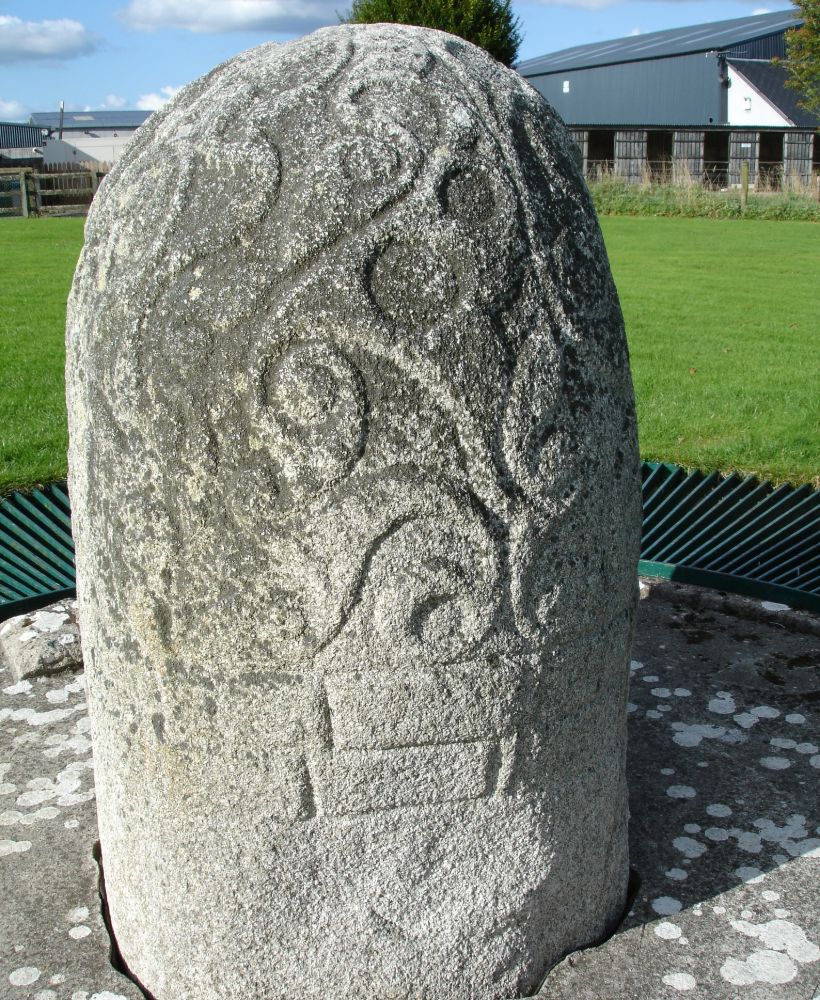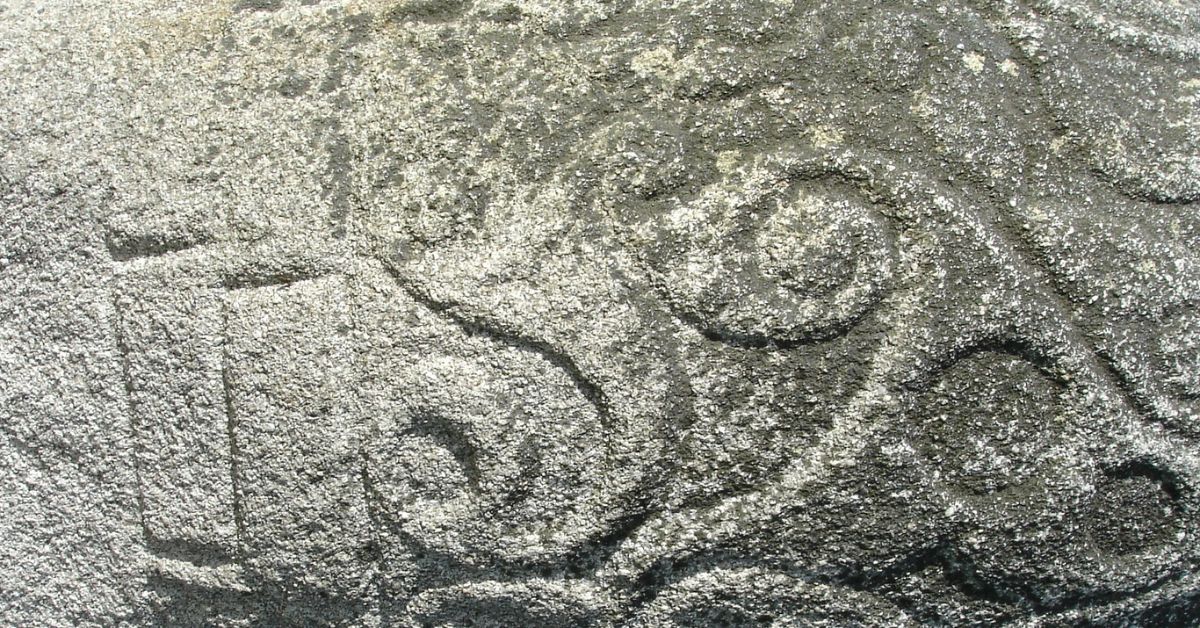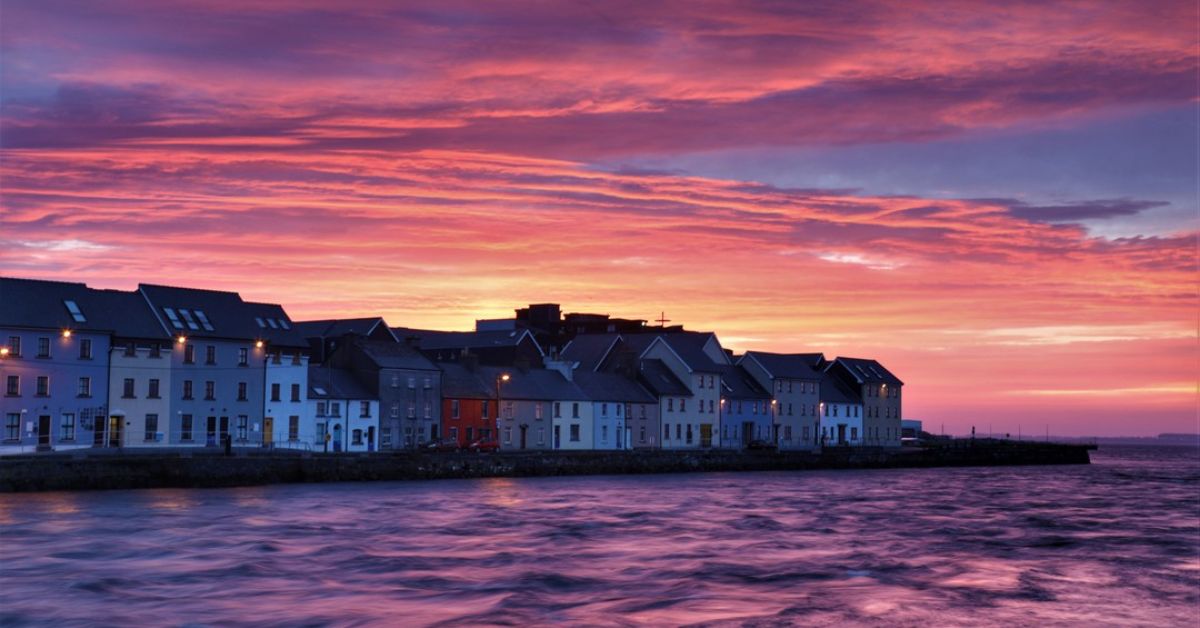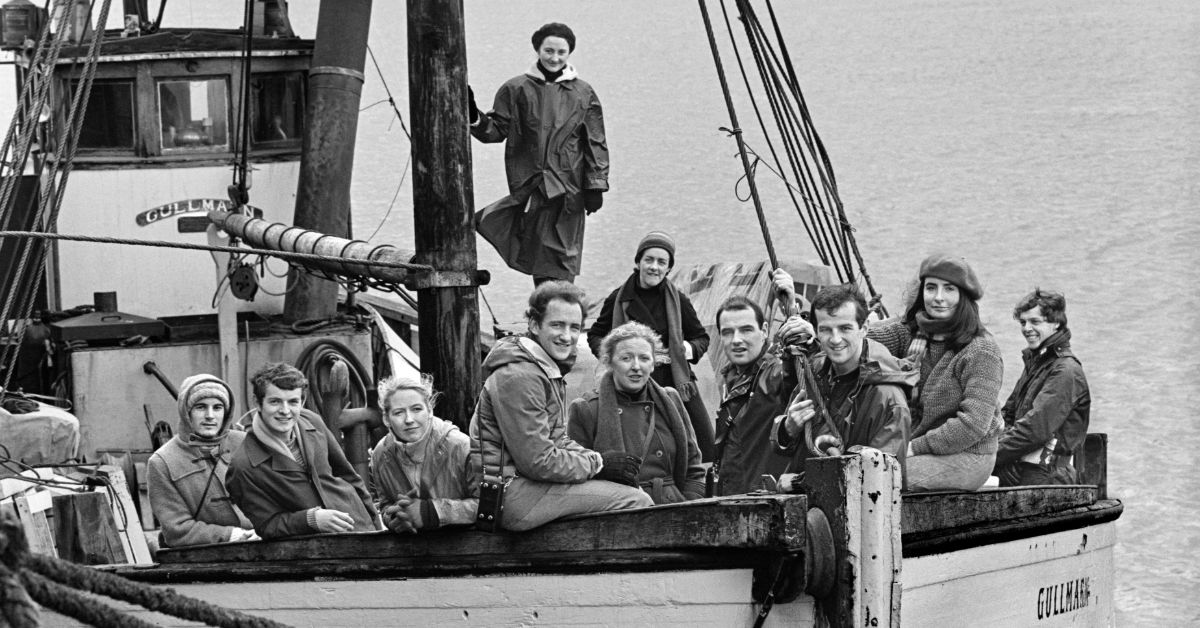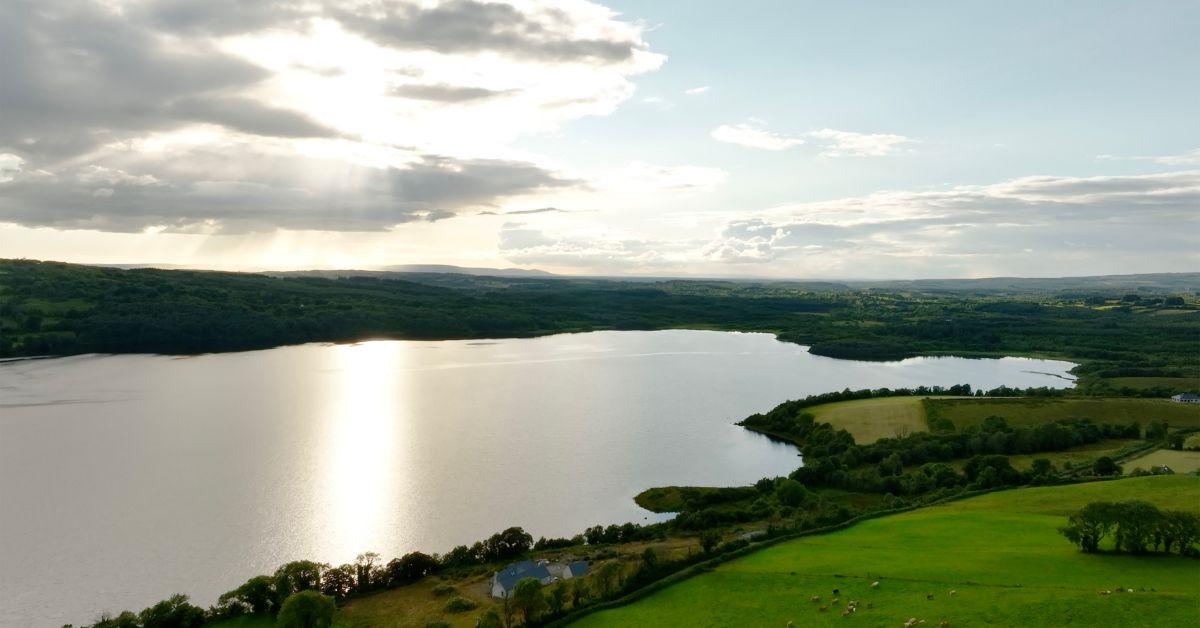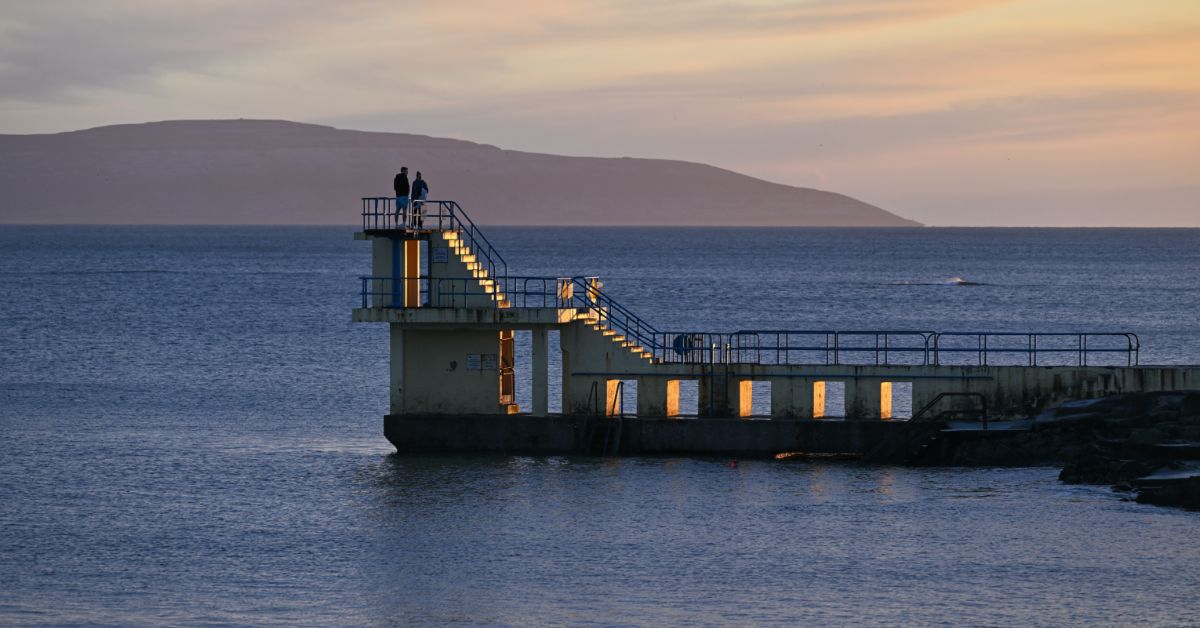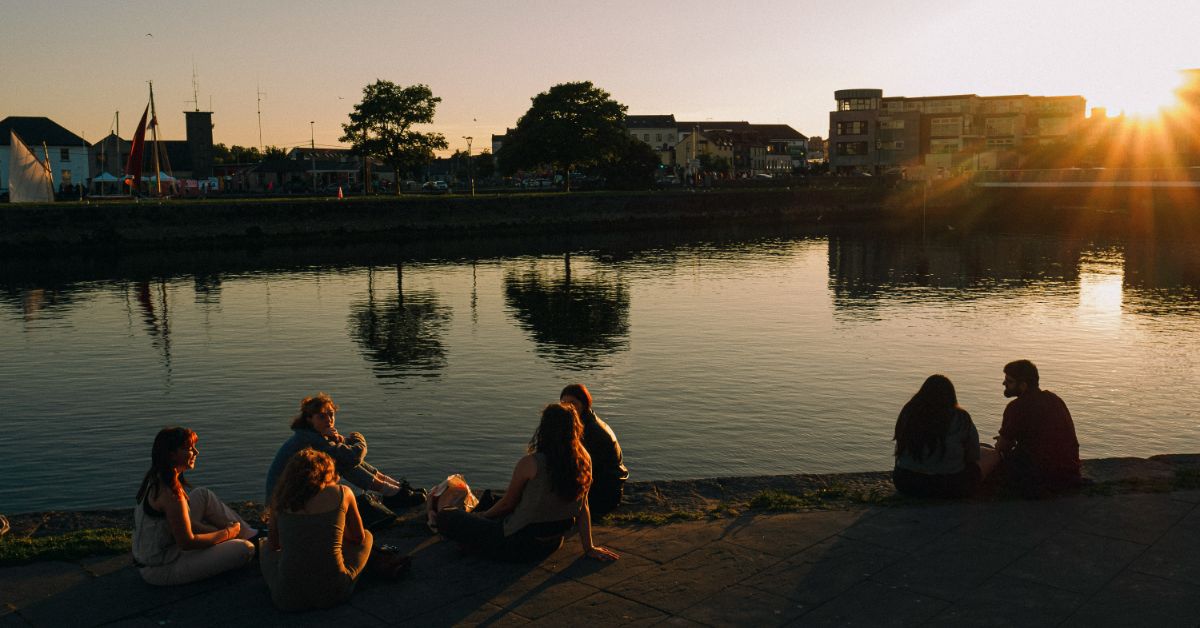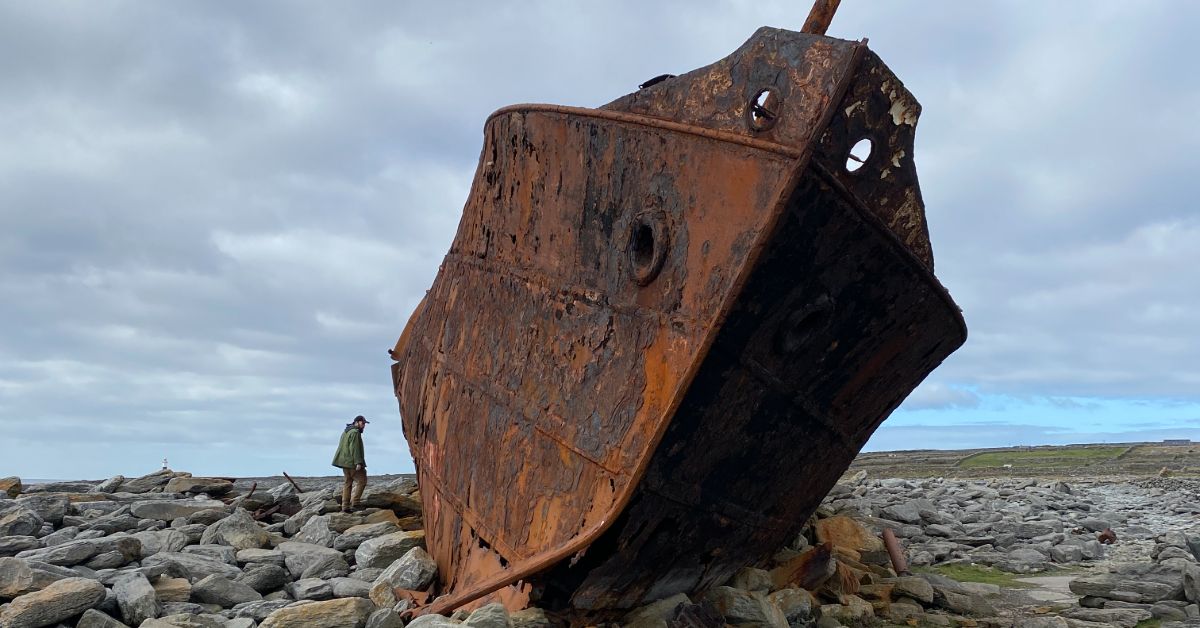Cookie Policy
What Are Cookies
Like many websites, the Herschel Sites use “cookies” to maintain a record of your visit. A cookie is a small text file that is transferred by a web server and stored on the hard drive of your computer or mobile device. It can only be read by the server that sent it to you. This information does not identify you personally. Cookies help us improve the Herschel Sites and optimize your experience.
We use cookies for a variety of reasons, including those detailed below. A number of the cookies we use only last for the duration of your browsing session and expire when you close your browser. Other cookies we use to remember you will last longer. Some cookies are set by us and others are set by third-parties who support or deliver services for us.
This Cookies Policy was last updated on January 5, 2018. All capitalized terms used in this Cookies Policy that are not defined have the meanings assigned to them in our Terms of Use.
We reserve the right to revise this Cookies Policy at any time by posting an updated version on the Herschel Sites, without further notice to you. BY USING THE THIS IS GALWAY SITE, YOU CONSENT TO OUR USE OF COOKIES IN ACCORDANCE WITH THIS POLICY. Instructions for disabling cookies can be found at the end of this policy.
HOW WE USE COOKIES
Required Cookies
Some cookies are necessary for core website functionalities and to help with navigation. For example, they are used to remember your password so you can log into your account securely, and when you are logged into your account, cookies remember this while you are browsing so you don’t have to log in each time you visit a new page. Required cookies are also used when you complete an order (to remember what is in your shopping cart between pages) or sign up for an account (when you input information on separate pages). These cookies are also important to verify your access to secure payment pages. Required cookies are typically removed or cleared when you log out; however, in some cases they may be stored to remember your site preferences.
Functional Cookies
We use some cookies to improve the functionality of the Herschel Sites and customize how our website runs according to your preferences. In order to achieve this, we set cookies to make sure you have an optimal experience on the site.
For example, cookies may be used to remember if you are already registered for email subscriptions from Herschel Supply, to remember your preferences, such as your region, currency and favorite products, and to decide whether to show you Content that is only be available to certain users. Functional cookies also make sure that when you submit data through a form, such as on our contact pages, we will be able to remember your details for future correspondence.
Analytics Cookies
We use analytics cookies to collect information on how visitors to the Herschel Sites interact with our Content and services. This helps us understand what services and products are popular and if there are areas of the Herschel Sites that could be improved. This information is gathered by pixel tags or web beacons, and is aggregated at a high level so that it cannot be used to identify any individual person.
We use a third-party program called Google Analytics to gather this data. Google Analytics is one of the most widespread and trusted analytics solutions available. Cookies set by Google Analytics may track things like how long you spend on the Herschel Sites, which pages you visit, and whether you make a purchase. This information is typically held by Google on servers in the United States.
For more information on Google Analytics cookies, see the official Google Analytics page: https://www.google.com/analytics. You can opt out of Google Analytics cookies by downloading their browser plug-in tool from http://tools.google.com/dlpage/gaoptout.
Advertising Cookies
Our third-party service providers also use cookies to gather information about your interest in the Herschel Sites, the Content, and our products and services by collecting your IP address and the city or country where you are located. This information is used to place Herschel Supply advertisements across other websites that you visit. It is also used to track whether or not you click on Herschel Supply advertisements that are placed on other websites.
One of the providers we use for this service is Google AdSense, which uses a cookie activated by a ‘double-click’ on an advertisement to improve the advertisements you see and limit the number of times a specific advertisement is displayed.
Advertising offsets the cost of running the Herschel Sites to allow us to continue developing the Content and provide products at the best price possible. They also make sure that Herschel Supply advertisements on other websites are tailored to your interests.
For more information on Google AdSense see the official Google advertising privacy policy: https://www.google.com/policies/technologies/ads/. To opt out of Google AdSense, you can manage your Google advertisement preferences here: http://www.google.com/ads/preferences.
We also use social media buttons and/or plugins on the This is Galway Site to allow you to connect with your social network in various ways, including the sharing of our pages or social media accounts. When you use the Facebook plugin, Facebook will set cookies which may be used to enhance your profile on their site, or contribute to the data they collect and store in line with their own privacy policies.
DISABLING COOKIES
We do not recommend disabling cookies while using the Herschel Sites because it will negatively affect website functionality and disable certain features. There is no industry-standard way to limit the use of cookies without affecting your experience on the This is Galway Site.
If you want to disable cookies, some countries have created consumer choice tools to help you do so, including aboutads.info/choices (US) and www.youronlinechoices.eu (EU). Please note that blocking cookies will not eliminate advertising, it will just make the advertising less tailored to your interests.
You can also prevent the setting of cookies and delete cookies by adjusting the settings on your browser. The steps for doing this differ from browser to browser, so consult your browser menu and Help tools. You can also visit www.allaboutcookies.org for more information.
